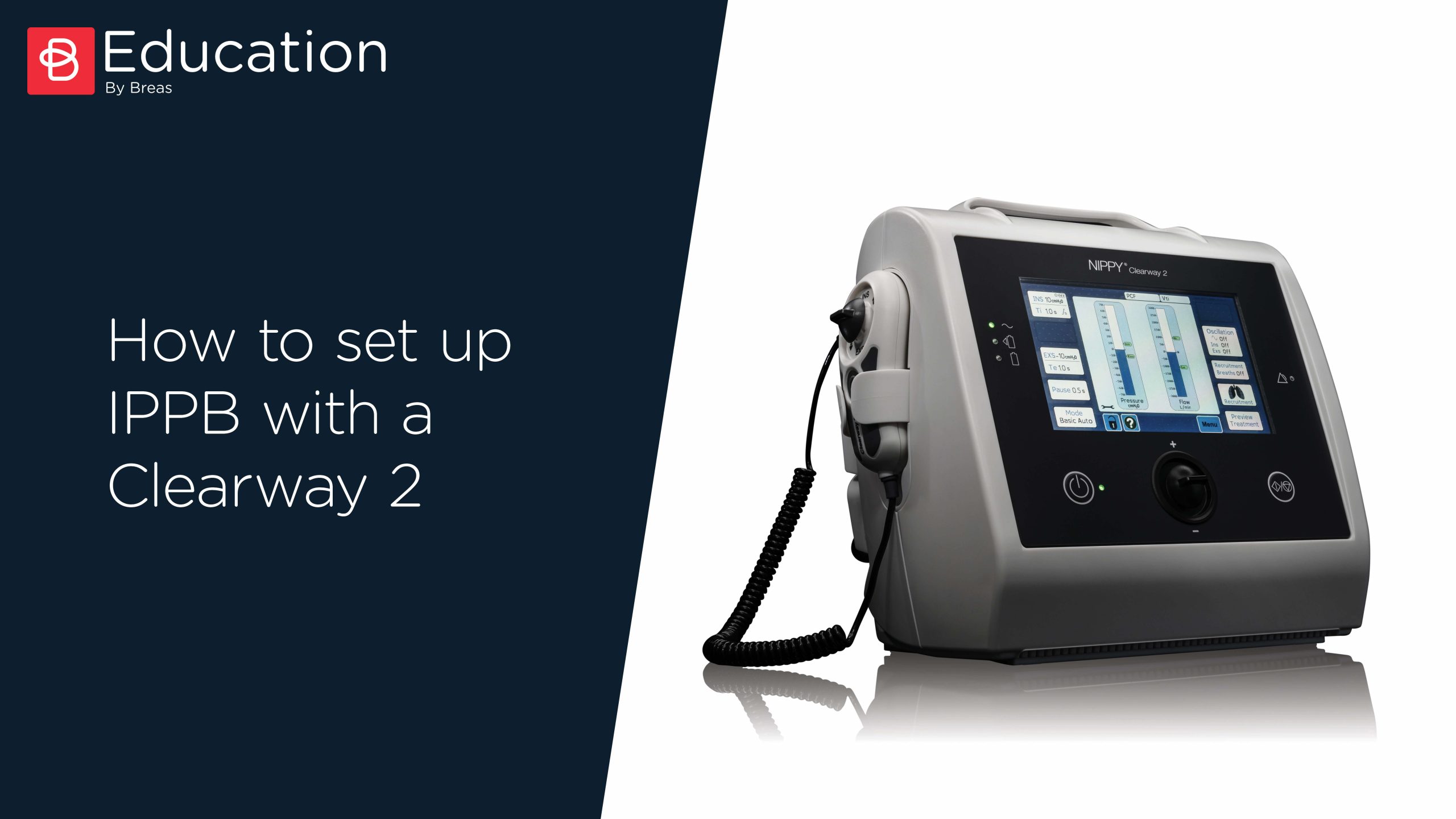The provision of mechanical insufflation-exsufflation (MI-E) devices to enhance cough efficacy is increasing. Typically, MI-E devices are used to augment cough in patients with neuromuscular disorders but also in patients who are weak in an acute care setting. Despite a growing evidence base for the use of these devices, there are barriers to the provision of MI-E, including clinician lack of knowledge and confidence. Enhancing clinician education and confidence is key. Individualized or protocolized approaches can be used to initiate MI-E. Evaluation of MI-E efficacy is critical. One method to evaluate effectiveness of MI-E is the MI-E-assisted cough peak flow (CPF). However, this should always be considered alongside other factors discussed in this review. The purpose of this review is to increase the theoretical understanding of the provision and evaluation of MI-E and provide insight into how this knowledge can be applied into clinical practice. Approaches to initiation and titration can be selected based on the clinical situation, patient diagnosis (including and beyond neuromuscular disorders), and clinician’s confidence.
Keywords: cough assist; cough; neuromuscular disease; cough peak flow; airway clearance techniques; MI-E; bulbar insufficiency
















